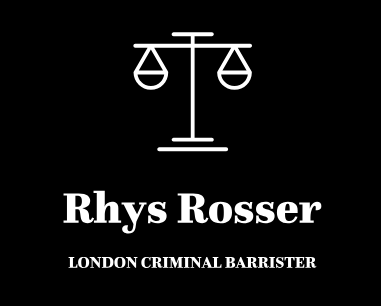Challenging the Decision of the CCRC
A discussion of the best ways to approach the CCRC and the tests to be applied.
Even if the Court of Appeal have refused to grant an appeal against conviction or sentence, it is still possible to refer a case to the Criminal Cases Review Commission (CCRC). This is where the commission will reconsider the conviction or sentence and establish whether the case should be referred to the Court of Appeal.
The Test that the CCRC are Required to Apply
The CCRC cannot refer a case to the Court of Appeal unless the test set out in s.13(1)(a) of the Criminal Appeal Act 1995 is satisfied. The test is that:
“the Commission consider that there is a real possibility that the conviction, verdict, finding or sentence would not be upheld were the reference to be made”
The approach which the CCRC must take when considering whether to refer a case for review is set out in R v Criminal Cases Review ex parte Pearson [1993] 3 All ER 498; 1 Cr App R 141. This is known as the “real possibility test”.
"The 'real possibility' test prescribed in section 13(1)(a) of the 1995 Act as the threshold which the Commission must judge to be crossed before a conviction may be referred to the Court of Appeal is imprecise but plainly denotes a contingency which, in the Commission's judgment, is more than an outside chance or a bare possibility, but which may be less than a probability or a likelihood or a racing certainty. The Commission must judge that there is at least a reasonable prospect of a conviction, if referred, not being upheld.
Making a Referral to the CCRC
There is a standard form that must be completed when completing a referral to the CCRC. It must be clear what you say the significant new evidence or legal argument is.
It is far more persuasive if the application form is accompanied by written representations and an Applicant's Bundle. This will also mean that the CCRC find it much easier to understand your application because it has been set out for them in a straight forward way. This can include the addition of case law and also making sure that the CCRC have your original case papers.
Fresh Evidence
The CCRC will apply the same test as the Court of Appeal as set out in Section 23 of the Criminal Appeals Act 1968:
(a) whether the evidence appears to the Court to be capable of belief;
(b) whether it appears to the Court that the evidence may afford any ground for allowing the appeal;
(c) whether the evidence would have been admissible in the proceedings from which the appeal lies on an issue which is the subject of the appeal; and
(d) whether there is a reasonable explanation for the failure to adduce the evidence in those proceedings.
Dealing with the CCRC is a complex process and having a legal representative to act as a point of contact can make the process far more stream-lined.
Challenging the CCRC
Even if the CCRC do not initially agree to refer your case, it is common to seek to challenge that decision. The first step is to seek a reconsideration of the decision reached by the CCRC. This can be done by providing written representations and explaining why the CCRC have fallen into error.
The next step of a challenge is to draft a pre-action letter. This sets out the potential challenges that can be taken by way of judicially reviewing the CCRC, as they are a public body this means they are amenable to challenge before the administrative court.
Judicial Review
The grounds of challenge are ordinarily:
(a) The decision of the CCRC is so unreasonable that no properly directed commissioner would have reached it;
(b) The decision of the CCRC is irrational. This means that the decision maker took into account information that they shouldn't have done or alternatively they failed to take into account information that was provided.
(c) The decision of the CCRC was unlawful, this would require an error of law to be shown or that the CCRC acted outside the scope of their powers.
Seeking a judicial review of a decision is extremely complex and requires detailed analysis and litigation.
In order to seek a judicial review, there must be a form completed called an N461 which sets out administrative information required. The next step is to compile a Statement of Facts so that the Court understand the facts which underpin the argument. The final key document is the Statement of Grounds which sets out the argument which will be made and the law that is relied upon. Finally, there will need to be a bundle so that the Court can make their decision.
The first decision is whether or not the Court will grant permission to judicially review a decision. If they do not, it is possible to seek an oral hearing for reconsideration, unless the Court has indicated that the application is totally without merit, this would be extremely unusual in cases which have been properly prepared.
Once permission is granted, the Court can take one of the following steps:
(a) A mandatory order requiring the case be referred to the Court of Appeal;
(b) A quashing order which quashes the decision of the CCRC and requires a reconsideration.
